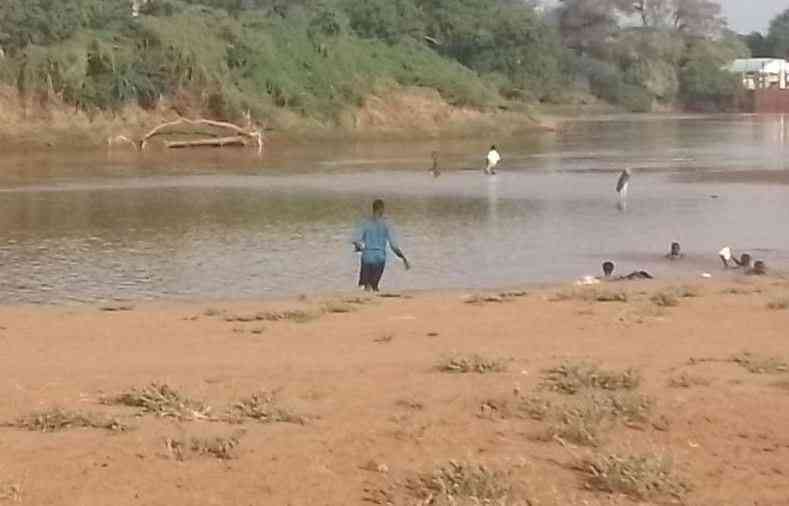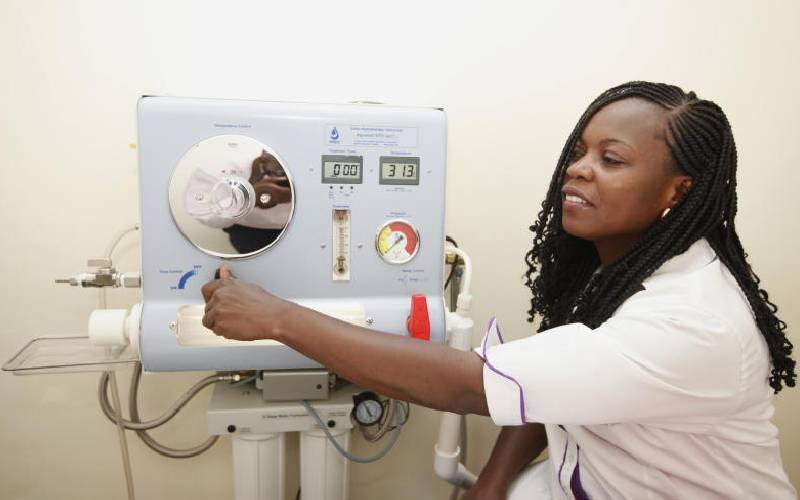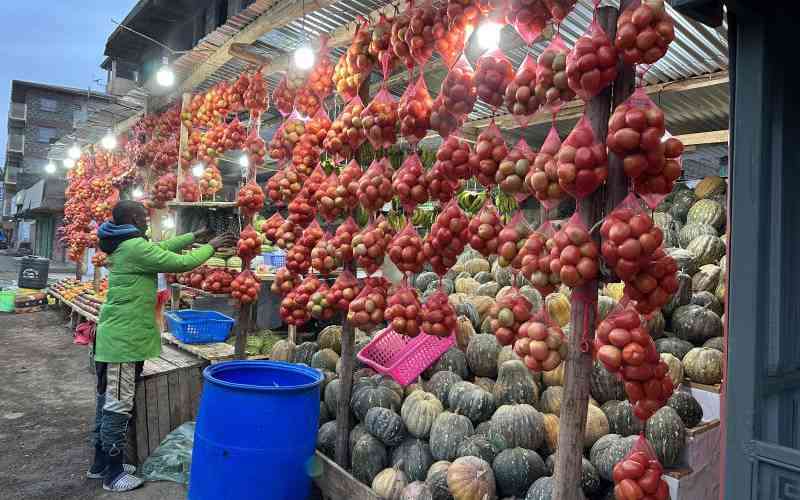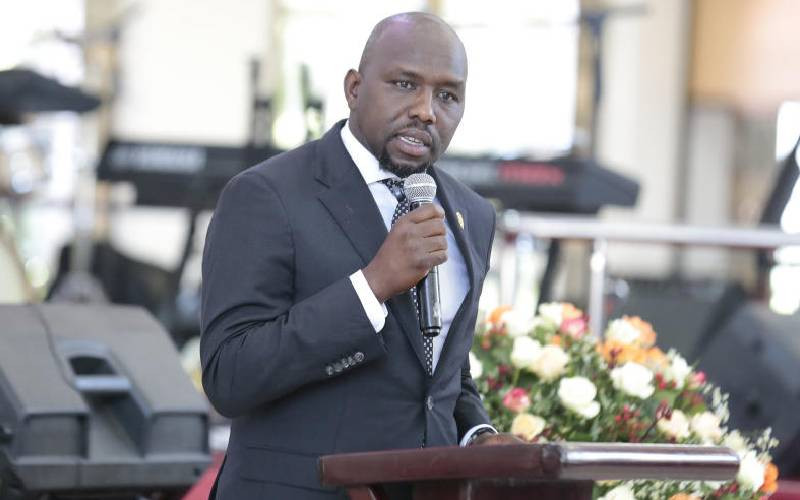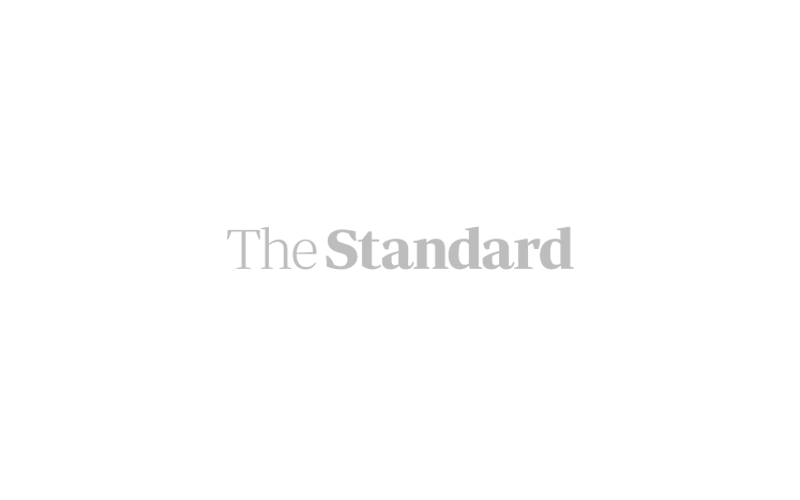Livestock and wild animals are the biggest causalities when there is drought. The current efforts by the Government through the ministries of Livestock and Regional Development to mitigate negative effects on animal health must be lauded. The veterinarians should provide technical leadership by supporting the policymakers.
Veterinarians in Government and private sector must fully employ their skills to save animals from the foreseen suffering through planning and employing appropriate technologies to prevent losses to animal owners and safeguard animal health and welfare.
Many pastoralists have not diversified their sources of livelihood and struggle to cope even with a minor drought. Animal owners need to de-stock through livestock sales when they are in good body condition to avoid losses when the animals become emaciated.
Although the 2011 drought will not be as severe as the previous ones according to the Meteorological Department’s prediction, almost one third of the country’s livestock will be affected directly impacting on over five million people with massive economic losses if unattended.
The drought mitigation interventions must utilise the Livestock Emergency Guidelines and Standards (Legs) domesticated into the Kenyan scenario. Legs are a set of international guidelines and standards for the design, implementation and assessment of livestock interventions to assist people affected by humanitarian crisis.
Legs is based on livelihood objectives that aim to protect and rebuild the livestock assets of crisis affected communities, therefore saving lives and preserving livelihoods through two key strategies. The strategies are: Assisting in the identification of the most appropriate livestock interventions in emergencies and providing standards, indicators and guidance notes for those interventions based on good practice.
The main interventions will include destocking following general standards coupled with accelerated livestock off-take while slaughtering for disposal and destocking. The provision of veterinary services during drought is an important intervention for assisting affected people to protect their livestock and maintain the benefits of livestock ownership or access.
Drought related emergencies exacerbate animal health risks and increase livestock vulnerability to disease. Veterinary care can help prevent sudden loss of animals to acute diseases that cause a high mortality and should be integrated with supply of feeds and water.
During destocking, veterinary services should complement this initiative to help the survival of the remaining stock as well as pre-slaughter and postmortem examinations.
In 2011, our drought mitigation measures should be more scientific based. The Kenya Meat Commission (KMC) should not be a graveyard for emaciated and poorly selected animals.
We expect them to invest in satellite abattoirs in the drought prone areas where animals shall be slaughtered and meat transported in refrigerated vans to the meat depots for processing.
Effective coordination, monitoring and evaluation are critical components to be undertaken for the success of this drought mitigation programme to avoid mistakes of the past. Private and public sector veterinarians need to play their role through planning in the execution of the drought mitigation as we mark the 250 years of existence of the Veterinary profession.
The writer is the former Chairman of Kenya Veterinary Association and current Vice President, African Veterinary Association
 The Standard Group Plc is a
multi-media organization with investments in media platforms spanning newspaper
print operations, television, radio broadcasting, digital and online services. The
Standard Group is recognized as a leading multi-media house in Kenya with a key
influence in matters of national and international interest.
The Standard Group Plc is a
multi-media organization with investments in media platforms spanning newspaper
print operations, television, radio broadcasting, digital and online services. The
Standard Group is recognized as a leading multi-media house in Kenya with a key
influence in matters of national and international interest.
 The Standard Group Plc is a
multi-media organization with investments in media platforms spanning newspaper
print operations, television, radio broadcasting, digital and online services. The
Standard Group is recognized as a leading multi-media house in Kenya with a key
influence in matters of national and international interest.
The Standard Group Plc is a
multi-media organization with investments in media platforms spanning newspaper
print operations, television, radio broadcasting, digital and online services. The
Standard Group is recognized as a leading multi-media house in Kenya with a key
influence in matters of national and international interest.

